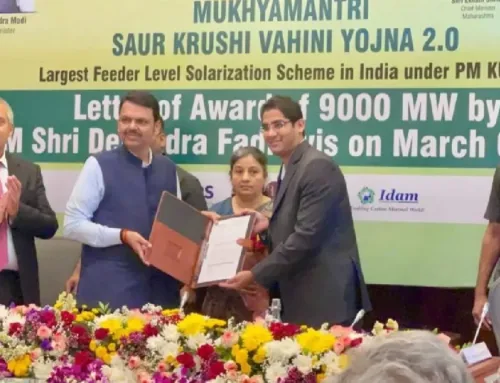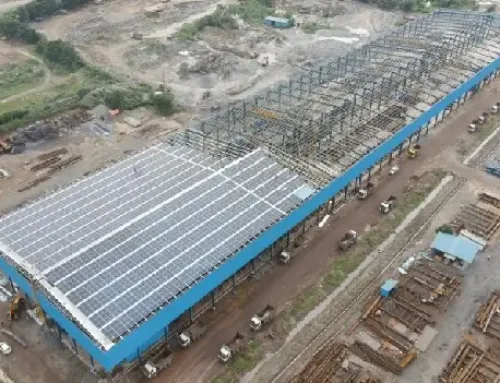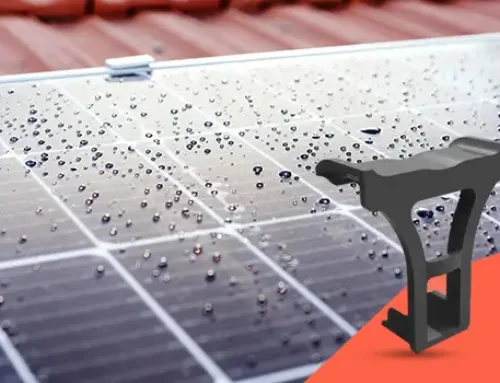

Different Wattage of Solar Panels
Solar panels come in a variety of shapes and sizes. The respective wattages of the panels themselves are one of the measurements used to differentiate between different panels.
There has been a lot of misunderstanding and incomplete information on how to wire different solar panels. It’s critical to understand that it’s not as easy as “more panels equal more power.” When making a decision, there are several things to consider.
In this article, we’ll go through some of the aspects you should consider while combining different panels.
Basics of Connecting Photovoltaic Panels
It’s important to note right away that combining panels is not encouraged in general. Every panel has its voltage and amp output. There is a high chance of making errors in the process, which will bring down the efficiency and power output of the system.
Why?
When you mix different wattages of solar panels, the system operates based on the lowest voltage or amp level. In this way, your efficiency and power output will most likely take a hit.
However, it is achievable, provided you pay attention to the properties such as wattage, voltage, amps, and so on.
There are two ways different wattage solar panels can be matched:
1. Using series or parallel wiring
2. By using microinverters
Series or Parallel Wiring
If you want to acquire a higher voltage, a series connection is a way to go. On the other hand, if you want to gain more current rather than higher voltage, you should use a parallel connection. Of course, if you require both a larger current and a higher wattage, you will require a combination of series and parallel connections.
One thing to keep in mind, is that be it series or parallel, connecting mismatched patches will most likely result in some power loss.
Solar Panels Connected in Series
A series connection is when the positive terminal of one panel is connected to the negative terminal of the next panel. If you connect this way, you’ll get a total output voltage equal to the sum of the voltage drops on each solar panel, as long as the panels are of the same type and power rating.
If you have different wattage panels, but with the same ampere (current) level, choose a series connection. This will increase the voltage of the system.
If you connect two modules with different current levels, the output will be based on the current of the lower module, leading to power loss.
Wiring Solar PV Panels in Parallel
Parallel connections, like series connections, are one of the simplest ways to connect solar panels, and they can also be effective if you want to do things yourself. When and if you want to raise the total output of the array while keeping the voltage rating the same, this is the connection to use.
This type has a connection between all of the positive panels and all of the negative panels. It all comes down to one positive and one negative connector, which are connected to the inverter or charge controller.
With a parallel connection, you can get a total output current equal to the sum of all the different current ratings running through the solar panels.
So, if you have panels with the same voltage level but different ampere, use a parallel connection. This will increase the current level while keeping the voltage of the system the same.
Microinverters
Installing microinverters is a great way to ensure zero power loss while mixing mismatched solar panels,
Let’s understand with the help of an example.
Suppose you have a 400Wp and a 450Wp panel. Maximum Power Point Tracking (MPPT) will ensure that your system’s output is based on the 400Wp panel. Thus, your total output will be 400 X 2= 800 watts. This leads to a loss of 50 watts.
Microinverters are attached with every solar panel. These devices perform module-level monitoring and individually extract the maximum output from each solar panel. Your power output will be 400 + 450= 850 watts.
Final Recommendations
If you want to mix unmatched panels to increase your power output, we recommend going the microinverter route. This will ensure that there are no power losses in the process.
Moreover, it is always better to consult a professional before taking on any such project.
FAQs
Also Read:
How Can We Help?
If you are looking to install solar at your home, Ojas is the fastest and most reliable option. With just 4 hours of your time, 3 tools, and 2 people installation team, we will give you a solution that will generate free electricity for more than 25 years!
Ornate Solar is India’s leading solar company with 8 years of experience. By partnering with the best-in-class global solar brands, we bring the most reputed solar panels, inverters, and solar accessories to you and make your shift to solar cost-effective and easy.
We have also developed India’s first Integrated InRoof system- which turns solar panels into the roof and eliminates the need for sheet roofing.
We deliver across India.
For more information, please give us a call at 011 4353 6666.












so nice knowledge I have picked from this website